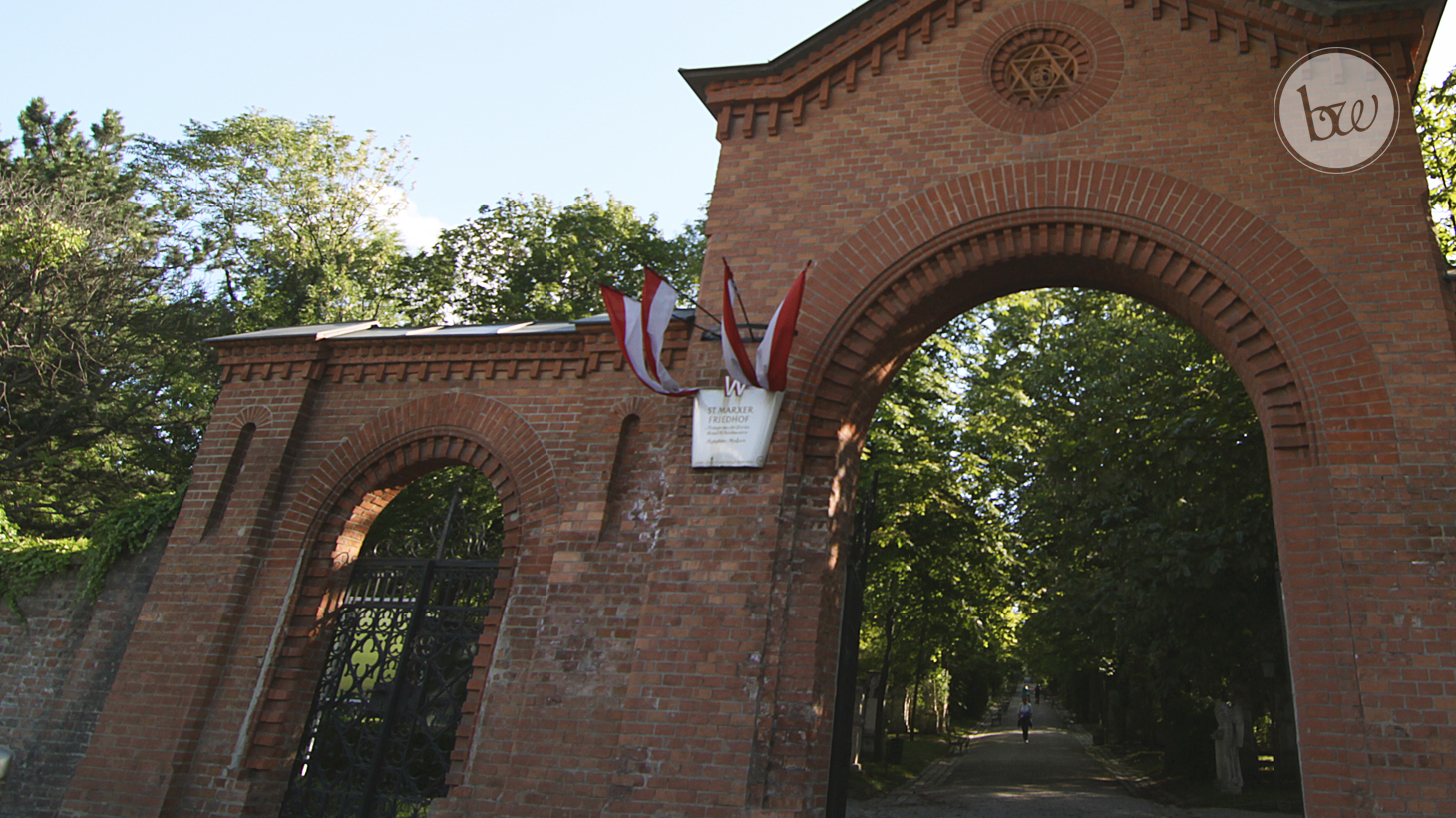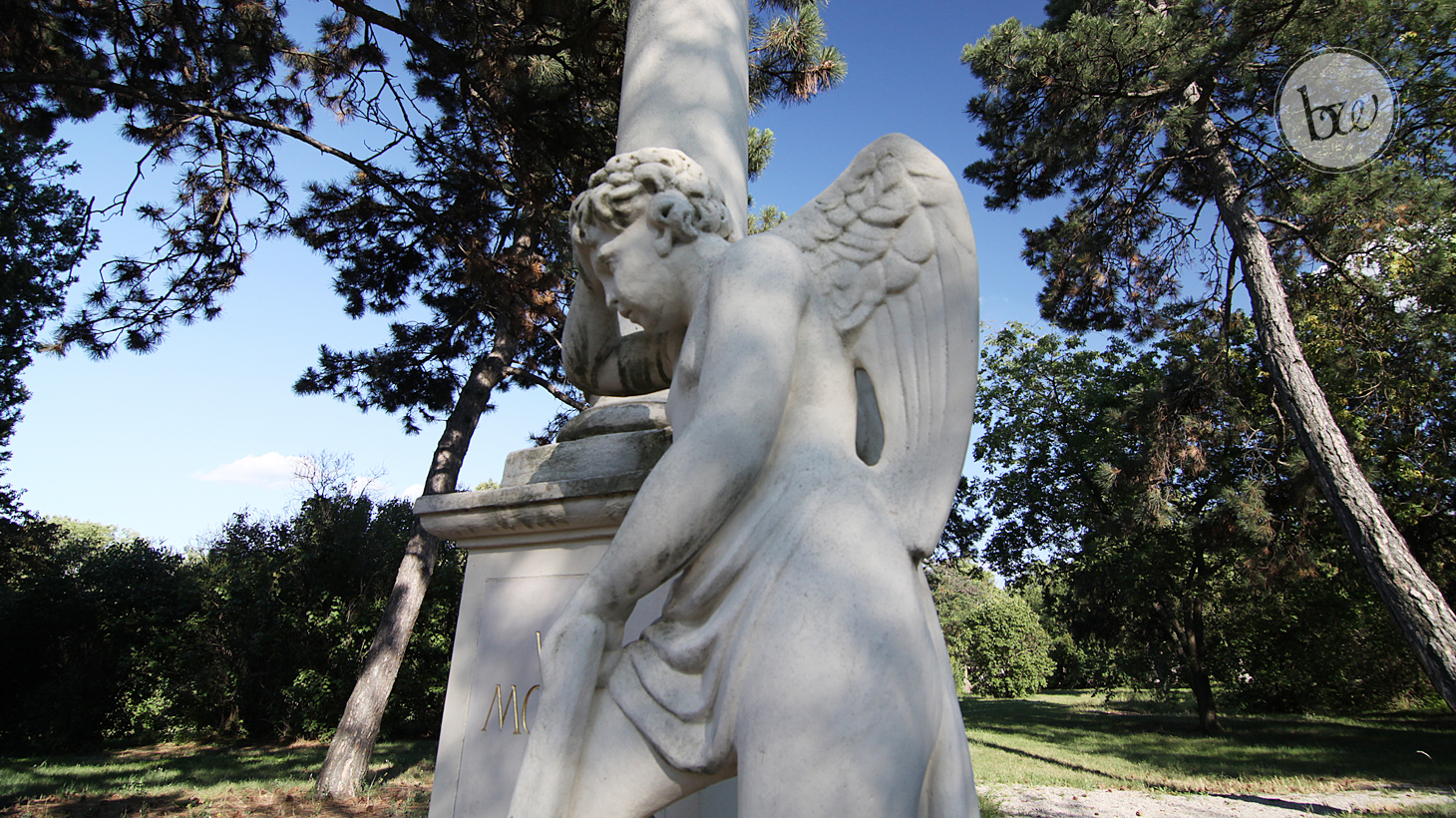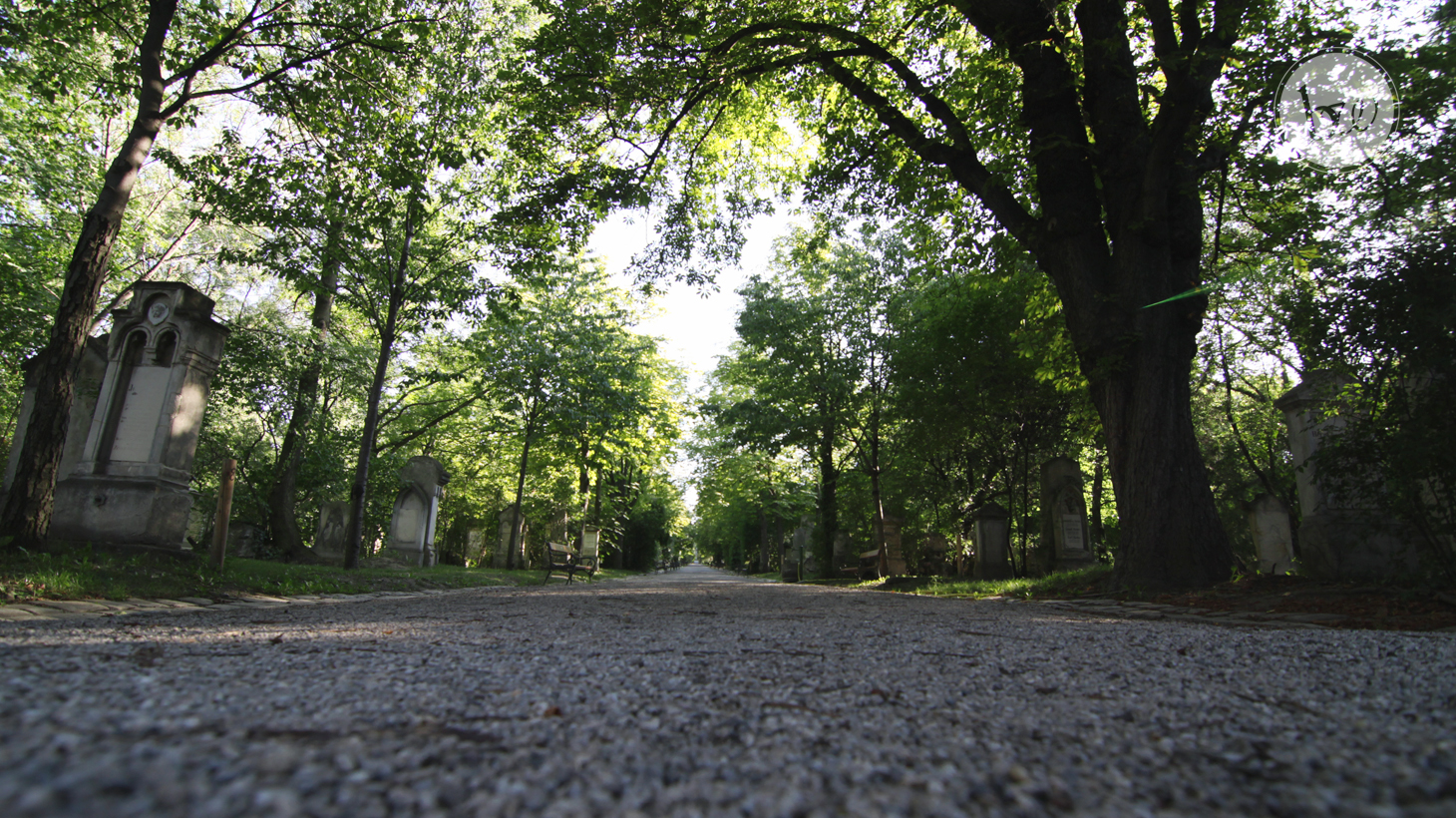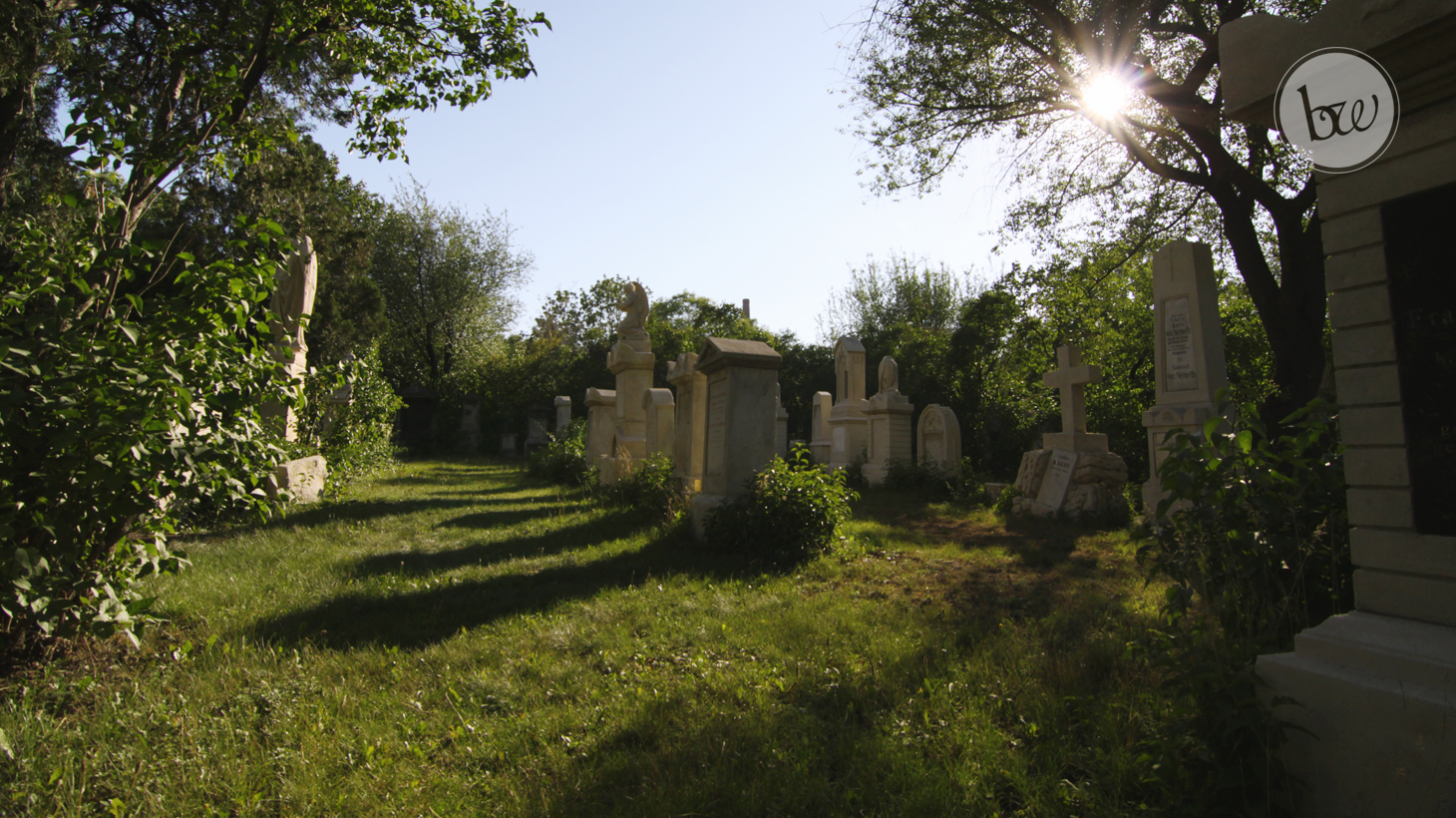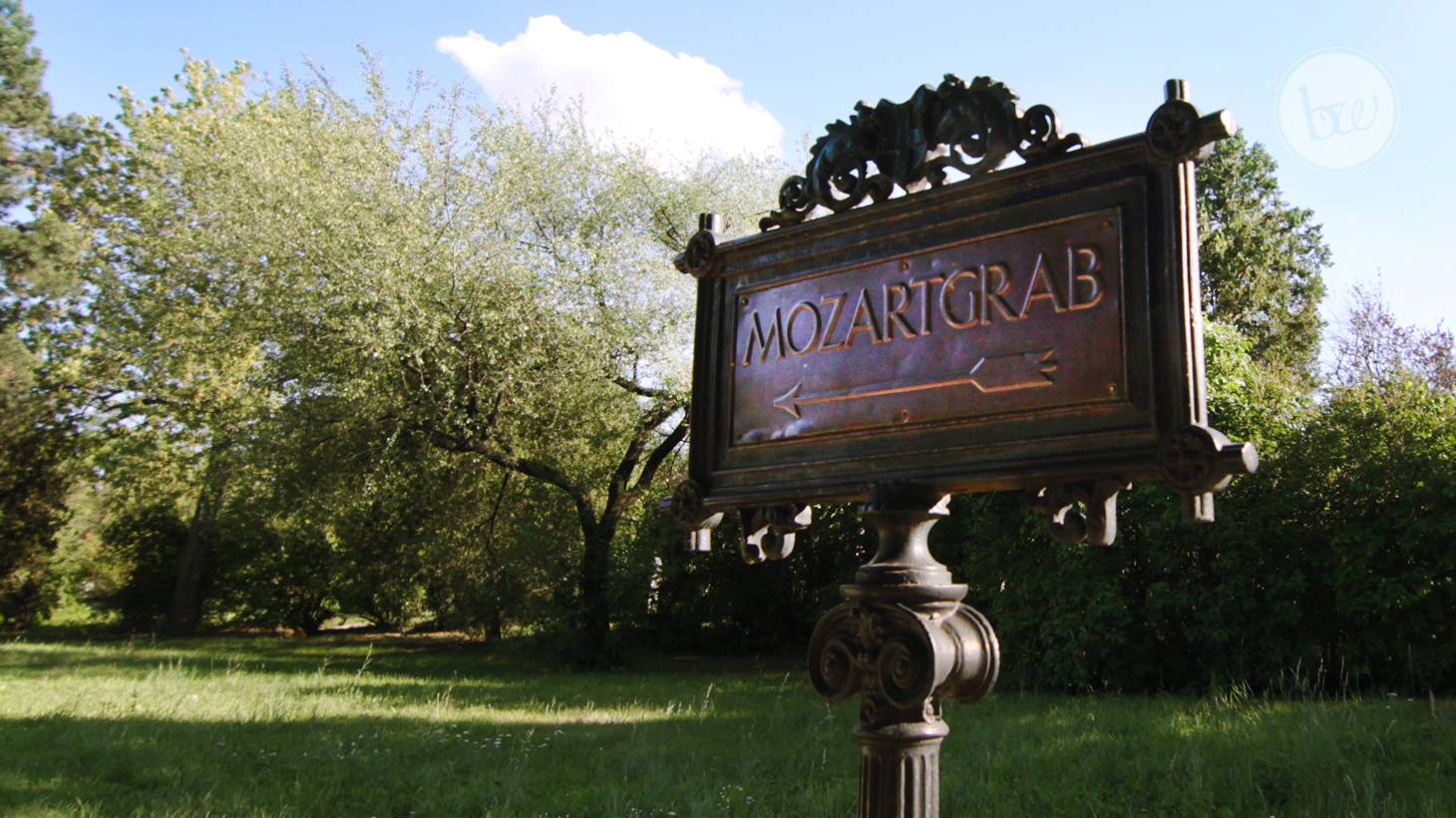The former Cemetery St. Marx
This cemetery is one of the most remarkable one I have ever visited. Far away from mass tourism it has a special quality of enchantment and you can wonder there time slipping through the rows of weather-beaten graves and just leave the city behind you.
The former cemetery St. Marx opened in 1784 following a decree by Emperor Joseph II that forbade further burials in cemeteries within the outer walls of the city of Vienna. He also ordered that bodies should be buried in mass graves, without coffins or embalming.
The most famous person to be buried at the St. Marx Cemetery is Wolfgang Amadeus Mozart. Later attempts to relocate his grave all failed, including a search by his widow, 17 years after Mozart‘s death, and by Vincent Novello in 1829. In 1855 a gravestone was erected at what was presumed to be the correct spot. Later the stone was transferred to a group of famous musician graves at Central Cemetery Vienna. At St. Marx Cemetery, a worker replaced the gravestone with a memorial tablet, which was again expanded by several contributors. The memorial known today was refurbished in 1950.
Over the years, the rest of the cemetery decayed. In the 20th century it was restored, put under historic preservation status, and opened to the public in 1937. Today no funerals are held there anymore.
It includes the graves e.g. of Anna Gottlieb, an Austrian soprano and the first Pamina in Mozart‘s opera The Magic Flute; Josef Madersperger, the inventor of the sewing machine; Georg Donner, one of the most prolific Austrian sculptors of the 18th century; Louis Montoyer, an 18th century Belgian-Austrian architect, principally active in Brussels and Vienna;
Duration: as desired.
No admission fees will arise.
